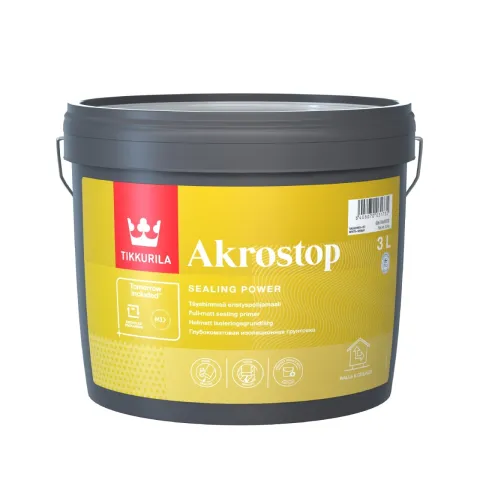
Akrostop
Primer, Full matt
Combining fillers, primers and topcoats may seem pretty basic, but with advances in technology, there are more choices than ever.
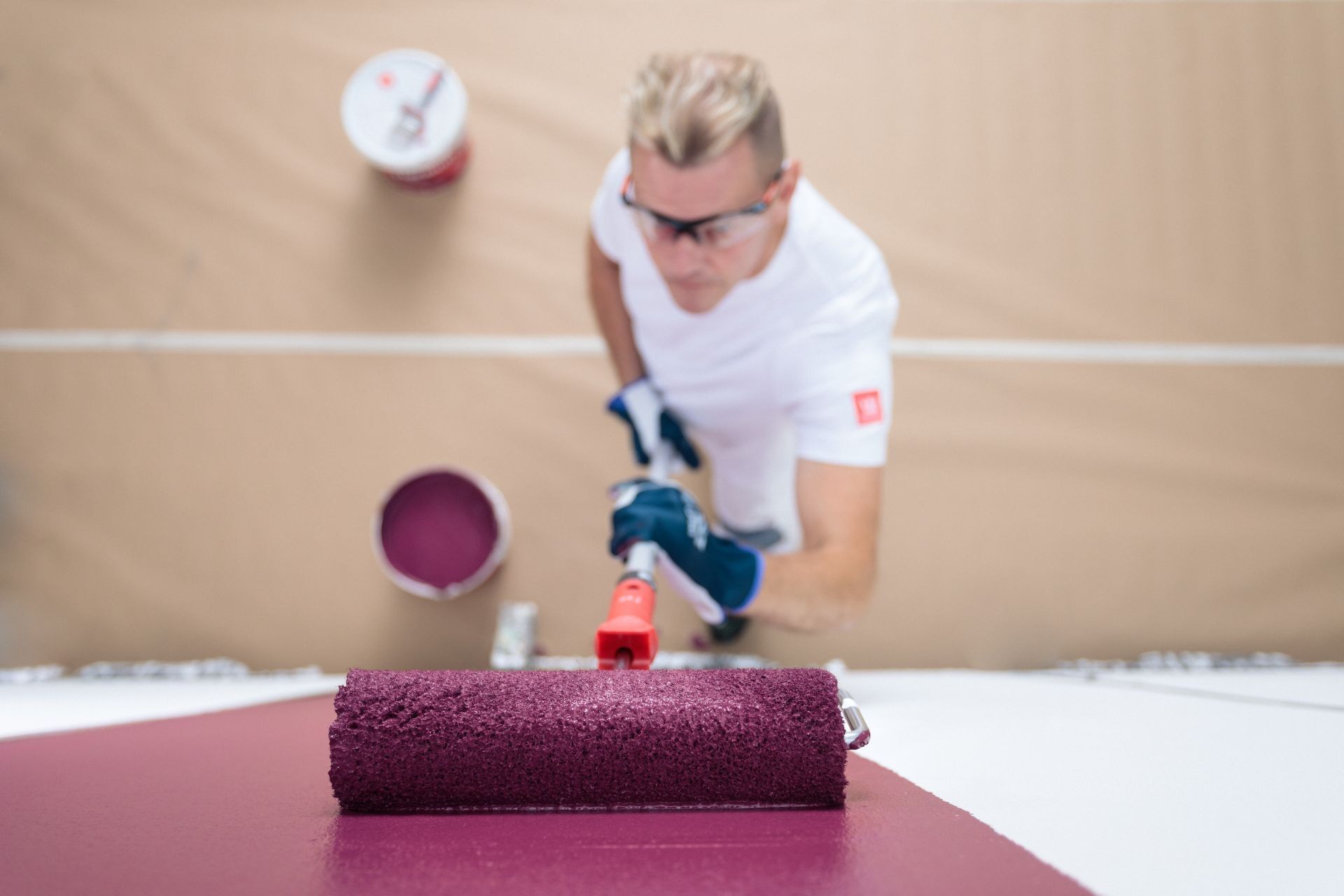
Choosing the right coating system saves time and guarantees the best result – here are some points to consider when planning your project.
With its high filling and excellent levelling properties, filler prepares the substrate for the primer and topcoat. It not only contributes to the final appearance, but also improves the mechanical properties of the paint system as a whole, especially its resistance to chipping.
Things to consider when choosing a filler
Specially lightweight patching tool for holes, cracks and pits on wall and ceiling surfaces. Especially for one-time filling. Virtually non-shrinkable, <5%.
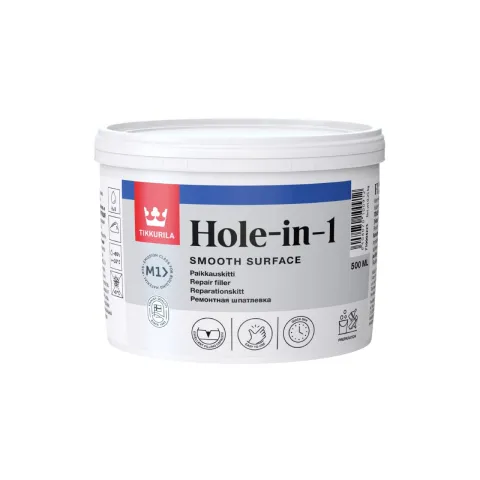
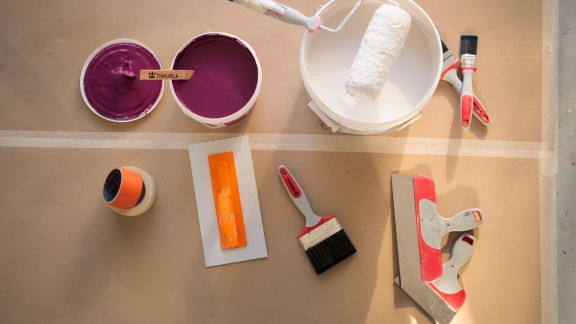
The main function of primers is to achieve adequate adhesion and to provide intercoat adhesion for subsequent coats. Primers serve as the foundation for the chosen coating system, and in the case of metals, deliver corrosion protection. They help the final coating adhere to the surface, increase paint durability and hide surface defects.
Things to consider when choosing a primer
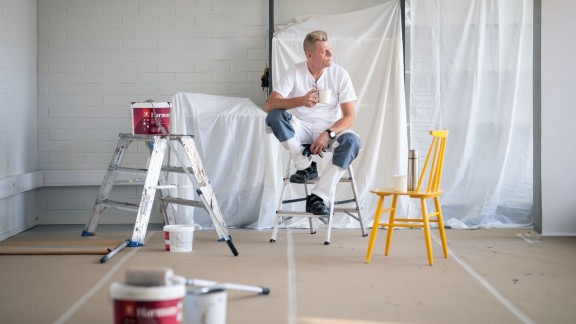
The final paint layer known as topcoat is formulated to provide good adherence to the undercoat, the desired appearance (colour, gloss, structure) to the painted unit and in case of exterior sites, additional protection from the weather.
Things to consider when choosing a topcoat
General rules of thumb
Combining products from the same product family gives the best result, as the products and their combinations have been extensively tested for optimal performance. So rather than using random products together, rely on recommended, tested product combinations.
Trust your own expertise in combining products, but don't be afraid to try new products and coating systems – they might make your job easier!
You’re visiting Tikkurila website from United Kingdom. Would you like to visit the local UK site?